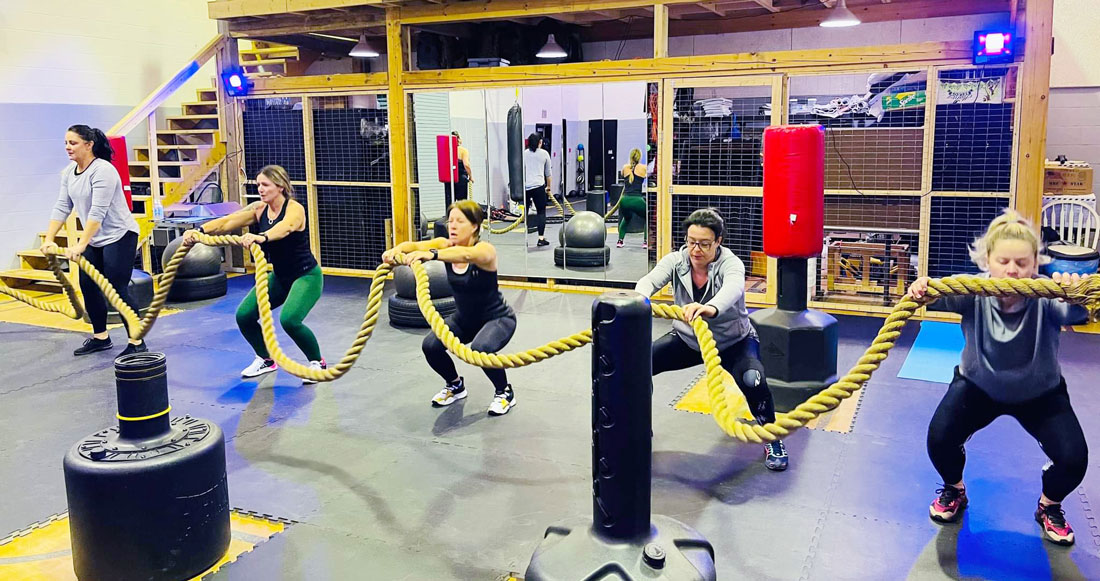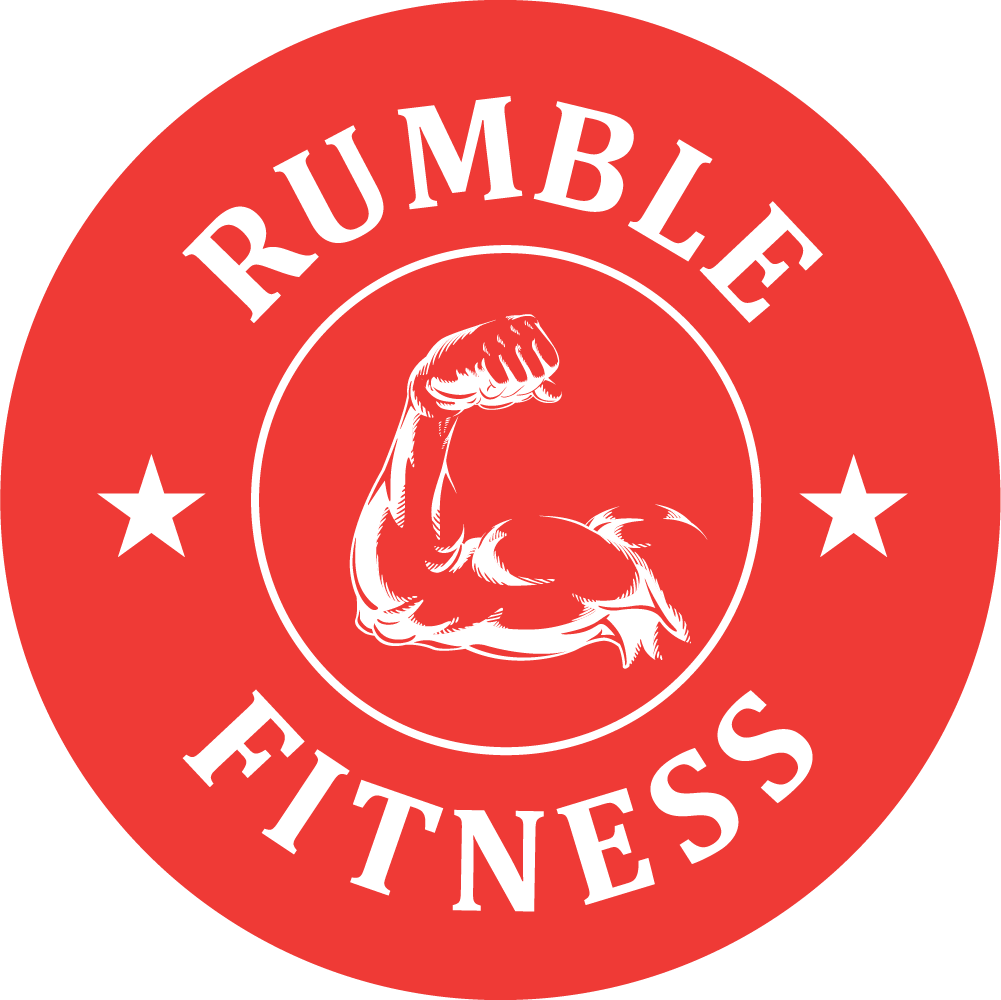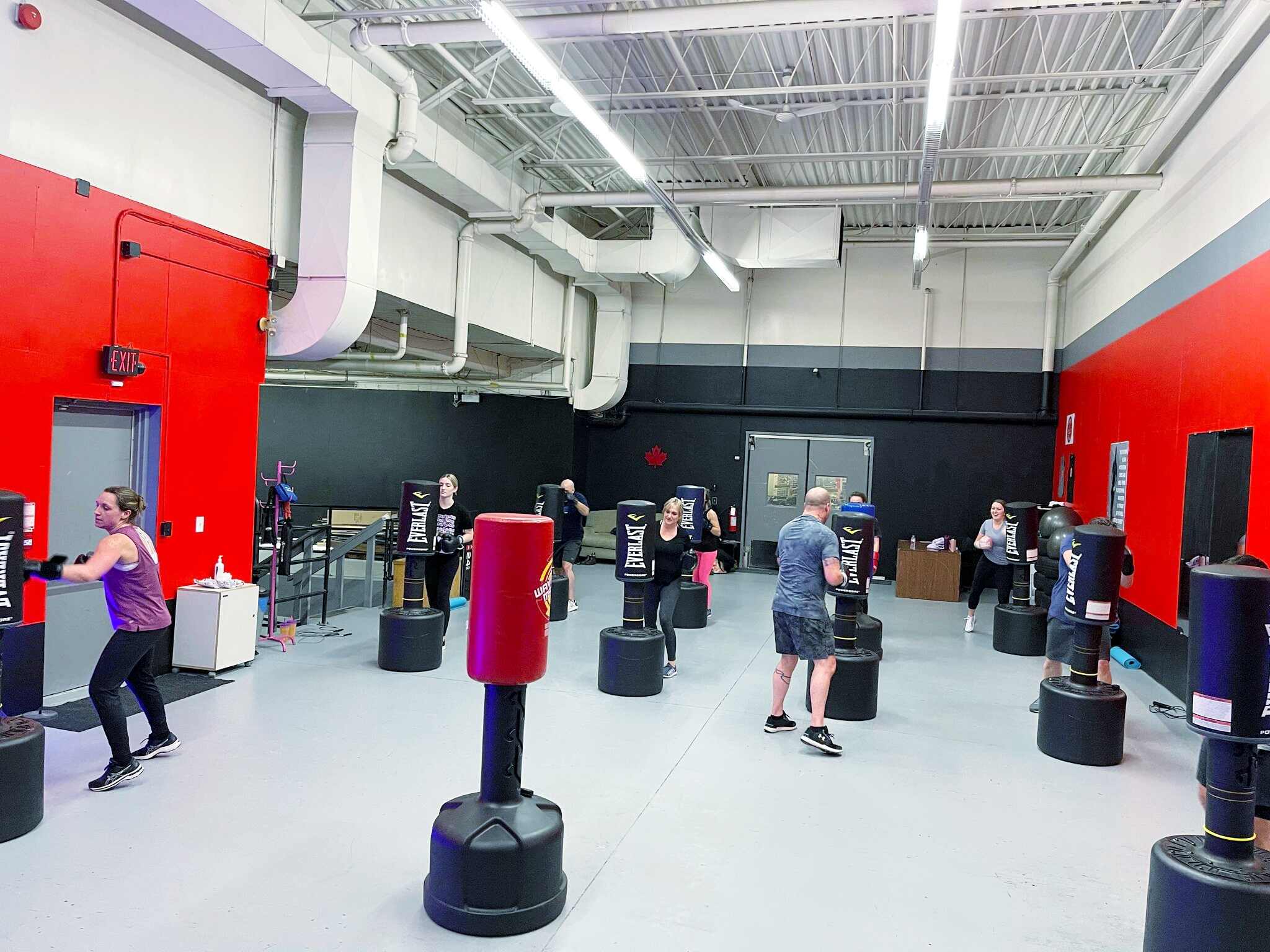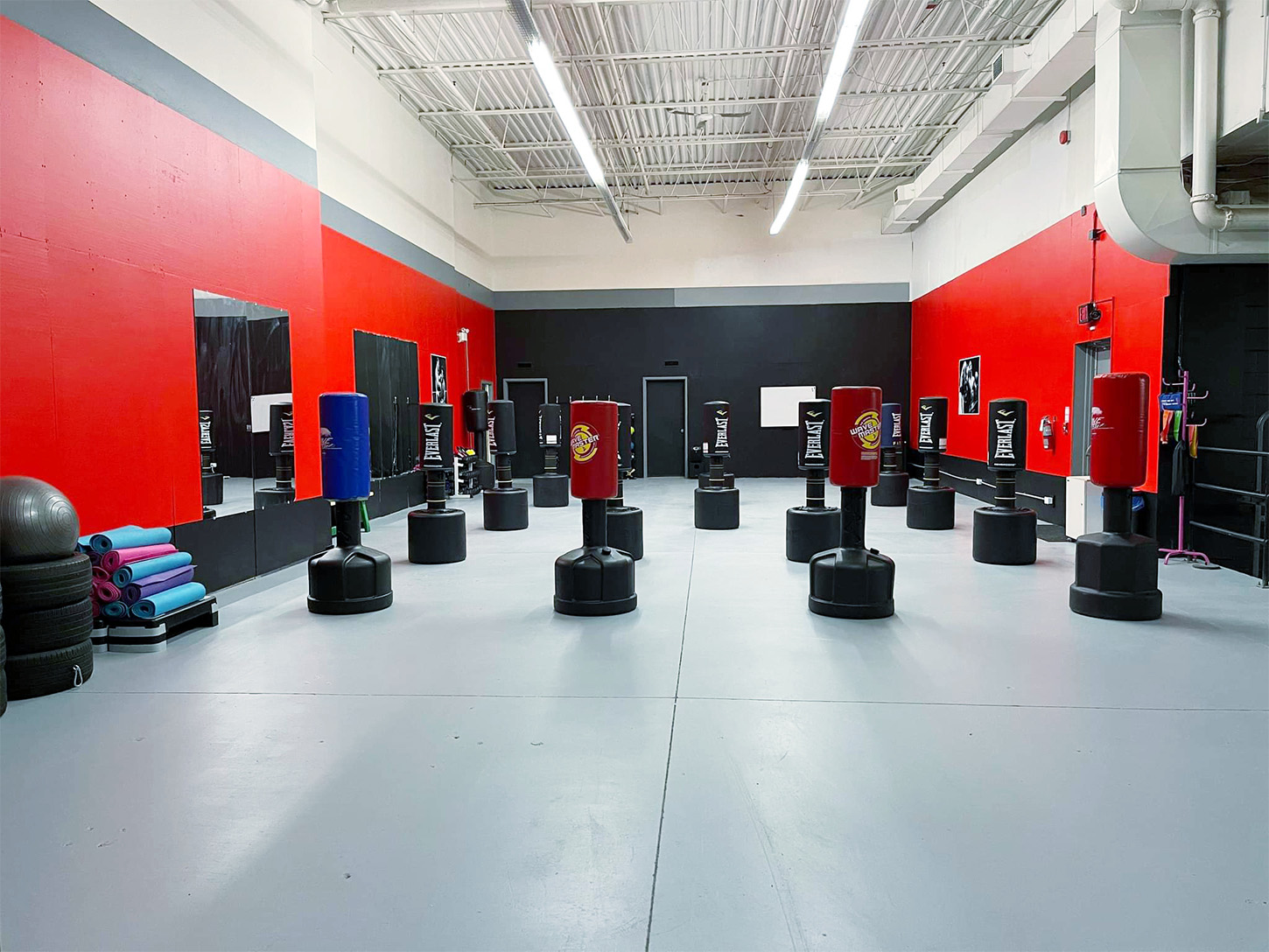INTRODUCTION
When it comes to cardiovascular exercise, there are a lot of options to choose from. Two popular choices are High-Intensity Interval Training (HIIT) and steady-state cardio. Both have their advantages and disadvantages, and choosing the right one for your health goals can be difficult. In this article, we will explore the differences between HIIT and cardio, their benefits, and drawbacks, and which one is better for your health.
COMPARING HIIT VS CARDIO
By comparison, High-Intensity Interval Training (HIIT) is a type of exercise that involves short bursts of high-intensity exercise followed by periods of rest or low-intensity exercise (Gholizadeh, 2018). For example, you might sprint for 30 seconds and then rest for 20 seconds before repeating the cycle for a set amount of time. HIIT workouts are typically shorter than traditional cardio workouts and can be completed in 45 minutes or less. On the other hand, Cardio, or steady-state cardio, involves performing moderate-intensity exercise for an extended period, typically 30 minutes or more. Examples of cardio exercise include jogging, cycling, or using a treadmill. Unlike HIIT, cardio is performed at a consistent pace and intensity throughout the workout.

HIIT OR STEADY-STATE CARDIO: WHICH ONE IS MORE APPEALING TO YOU?
If you’re looking to get healthy and have not been active for some time, your overall health levels need to be considered. If you haven’t had a history of heart disease, (and can do all daily activities with ease) you should be able to transition into an exercise program safely. That said, if a history of heart problems exists, or haven’t seen a physician in awhile, an appointment should be considered before you start any kind of new exercise program.
Consistent exercise is often associated with longer life span, and lowered risk of heart attack, congestive heart failure, and stroke; thus, contributing to a higher functional level (Lee et al., 2020). It can be said that its not just about how long you live, but how well you live! If you maintain regular exercise consistently throughout your life, this can aid in the maintenance of independence in your later years. The general recommendations are at least 30 minutes of exercise, up to 5 days a week (Mayor, 2017).
Cardio is the most recommended, and often most chosen exercise (Mack and Baumgarten, 2016). It’s simple to do and burns relatively a high number of calories. That said, many can attest to the fact that cardio can get boring rather quickly. In the several years, a less tedious alternative has been developed with great success: High Intensity Interval Training, or HIIT in short. The use of HIIT produces greater weight and fat loss for a short period of time (Ressinka, 2019). In today’s busy world, where time is of the essence, this is huge!
Looking at the metric of fat loss per minute of training, a meta-analysis in 2019 revealed that steady-state cardio achieved a 0.0026% of fat lost per minute, compared to HIIT’s 0.005% (Ressinka, 2019). That considered, HIIT has a time advantage – but the benefit doesn’t stop there! HIIT has shown to be better than regular cardio in improving many measures of cardiorespiratory fitness including V02max, overall time to exhaustion, peak power, and improved time trials (Larsen et al., 2022).
In specific clinical conditions with individuals who had diabetes or hypertension, HIIT was able to better improve factors like glycemic control, and diastolic blood pressure (Rauch, 2021).

From an overall health and fitness standpoint, HIIT seems to carry many advantages over standard cardio. However, if we take a closer look at fat and weight loss, the benefits aren’t as clear-cut as one may think. When looking at the fat loss per minute of exercise, HIIT takes the lead.
Because HIIT increases EPOC (excess post-exercise oxygen consumption), the belief is that due to its intensity, it will require more oxygen and energy after exercise while recovering. This additional energy burns calories post workout (Sickel et al., 2014).
In studies, HIIT did indeed elicit a greater EPOC (excess post-exercise oxygen consumption), 110 calories, versus steady state cardio’s 64 calories within 3 hours post-workout (Sickel et al., 2014).
In an effort to safely complete a HIIT workout, proper form and training is important to ensure exercises are completed correctly to avoid the risk of injury.
To be successful, you need to have:
- Flexibility.
- Mobility.
- Core strength.
- Developed muscles.
Starting with easy exercises and advancing to more complex ones as you learn, is important. Pushing too hard or intensely at the beginning could cause muscle tears, cardiac episodes, or falling injuries.
When it comes to skills involved, HIIT is harder to learn, especially for someone new to exercise.
HIIT is good for those who are easily distracted, and many find this style of exercise to be very engaging. The routine can always be switched up, in comparison to a typical cardio routine where choice can be limited.
That said, steady state cardio helps with mental clarity and reducing stress. Anyone who has gone for a long run in nature can attest to its therapeutic abilities!
RISK OF INJURY
When it comes to comparing HIIT vs cardio, HIIT has a higher risk of injury compared to cardio (Ramírez-Vélez et al., 2020). This is mainly due to the intensity with which the exercises are performed. The quicker and harder you work, the more likely you are to tear, pull or strain a muscle.
COMPARING HIIT VS CARDIO: ADVANTAGES AND DISADVANTAGES
ADVANTAGES OF HIIT
- Burns more calories in a shorter amount of time than steady-state cardio.
- Has been shown to increase metabolism and burn fat for up to 24 hours after the workout.
- Can improve cardiovascular health by reducing blood pressure and increasing heart function.
- Mental stimulation.
- EPOC effect.
- Teaches the body to eliminate lactic acid more efficiently.
- Ideal for endurance competition training.
DISADVANTAGES OF HIIT
- Can be challenging for beginners or those with certain health conditions.
- Can be stressful on the joints and muscles if not performed properly.
- May not be suitable for those with injuries or joint problems.
- Warm-up and post-exercise stretching are mandatory.
- Recovery time between sessions is a must.
ADVANTAGES OF CARDIO
- It is a low-impact exercise that is easy on the joints and muscles.
- Can be performed for longer periods of time, making it a good choice for endurance training.
- Can improve cardiovascular health by strengthening the heart and lungs.
- Ideal for distance training.
- Less risky than HIIT.
DISADVANTAGES OF CARDIO
- Can be time-consuming.
- Can be repetitive and boring for some individuals.
- May not burn as many calories as HIIT, making it less effective for weight loss.
- Not preferred exercise for bodybuilders and weightlifters.
CONCLUSION
In conclusion, both HIIT and cardio have their advantages and disadvantages. The choice between HIIT and steady-state cardio can also be dependent on your overall fitness goals.
When it comes to weight loss, there is a clear winner; studies support that HIIT is superior at burning calories and helping you shed unwanted pounds. If you are looking to boost your weight loss or get over a plateau, consider HIIT over cardio as your exercise of choice!
The combination of HITT and steady-state cardio will provide a very well-rounded workout. Focusing on cardio with the addition of HIIT once or twice a week will offer a quick, impactful workout to your fitness routine.
If you’re just starting out on your fitness journey, steady-state cardio is a great place to begin. Build up to a place where you can complete moderate fitness activity continuously for at least 30 minutes. Once you’ve accomplished this, you’re ready to reap the benefits of HIIT!





